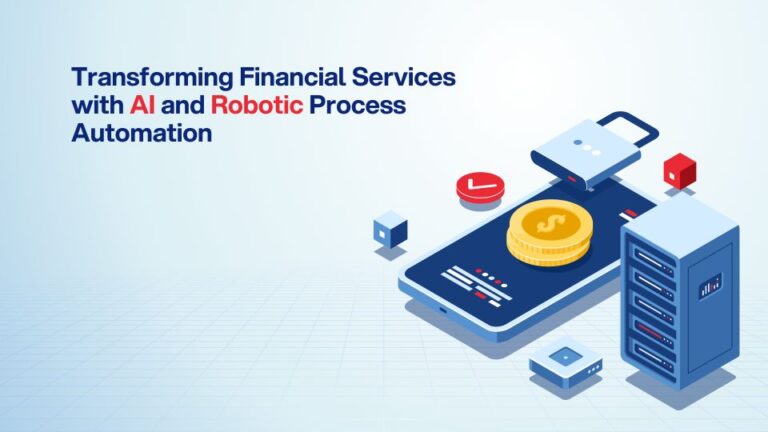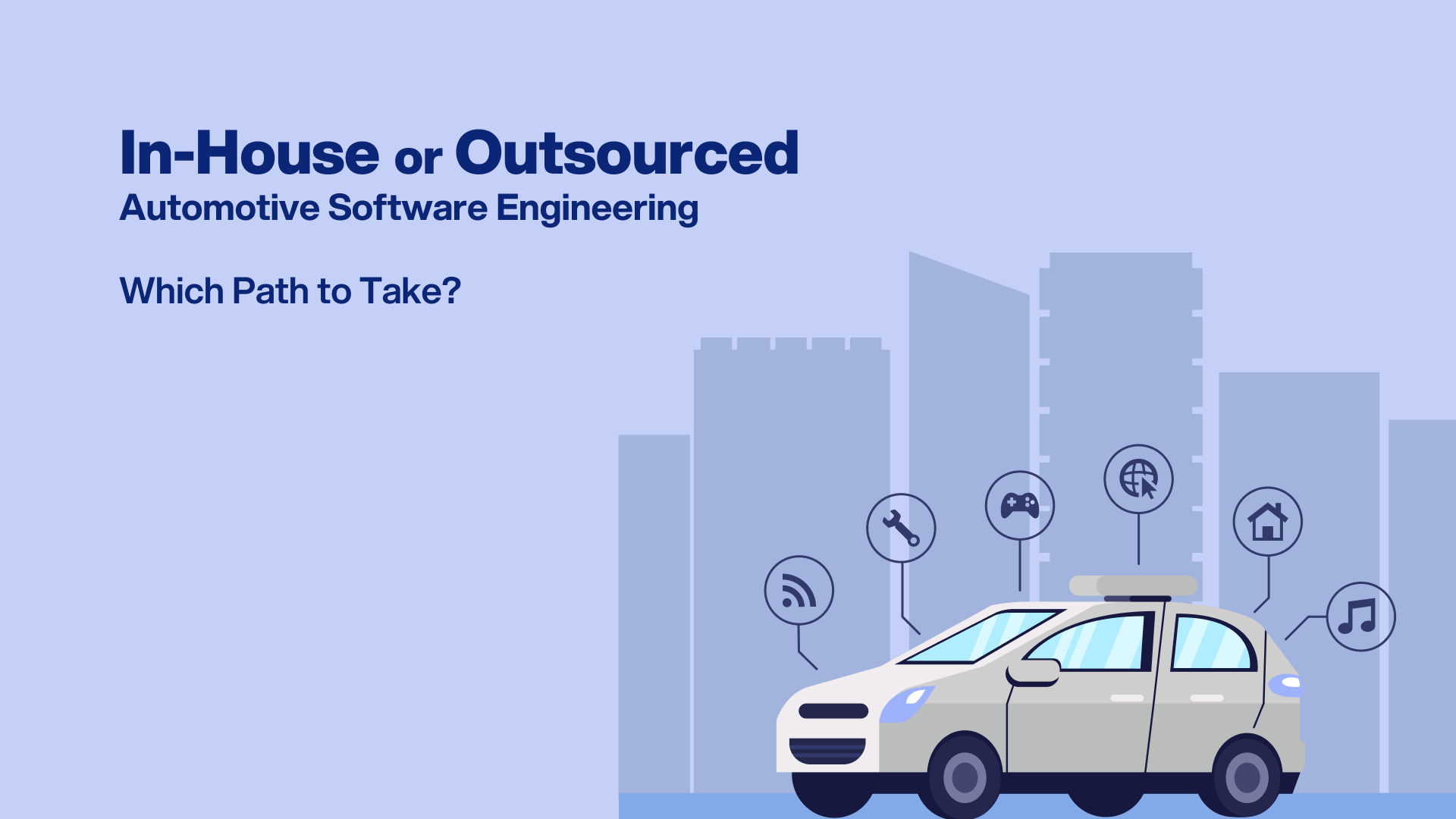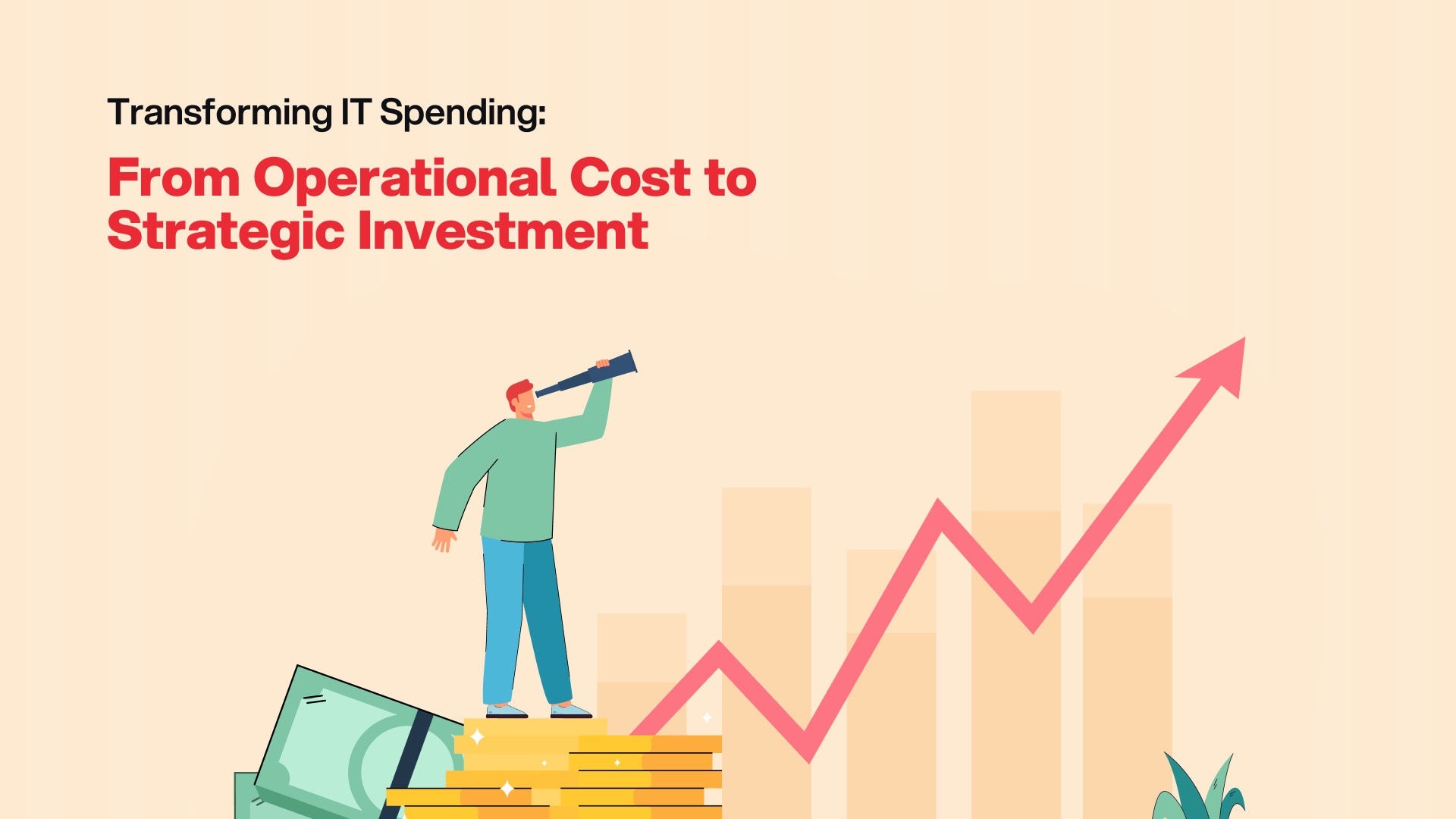
Contents
In the world of financial technology, business leaders and decision-makers are constantly grappling with a sobering reality: staying ahead of the innovation curve is no longer optional—it’s survival. Yet, while developed nations possess ambition and resources, they often face a crippling bottleneck: the rising costs of in-house talent and the sluggish pace of innovation in saturated markets.
So, what is the answer? Outsourcing to resource-rich developing nations. But wait, it is not just about cutting costs. It is about tapping into a wealth of untapped talent, reimagining financial services with Artificial Intelligence (AI) and Robotic Process Automation (RPA), and embracing a partnership model that boosts the efficiency of the financial industry and in the banking sector.
Pain Points of Decision-Makers
The Price of Falling Behind
Innovation in developed nations is slowed by high costs, crowded talent pools, and slow progress, while fintech disruptors from emerging markets embrace AI and RPA with speed and agility. They are reshaping finance by cutting costs and enhancing customer experiences. Automation is no longer optional but essential for economic leaders, though in-house adoption remains costly and challenging.
Global Competition in Financial Services
The financial world is moving faster than ever, and the global stage shows no mercy to those not ahead. Fintech companies in emerging economies are making waves with their ability to innovate quickly, leveraging lower costs, youthful workforces, and fresh perspectives. They are achieving more with less, leaving decision-makers in developed nations to grapple with a critical question: Are we equipped to compete with these agile disruptors, or will we risk falling behind?
Mitigate Human Errors in Repetitive Tasks
RPA reduces human errors in data management, generally associated with repeating the same task over and over by rote. Inevitably, mistakes creep in. By embracing RPA, financial firms can significantly reduce human errors, ensure compliance, enhance efficiency, and ultimately deliver better customer value.
Understanding RPA and its functions
RPA is a business process automation technology that automates manual, time-consuming work by using virtual software robots, sometimes referred to as “digital robots or bots”. RPA integrates and completes repetitive activities between productivity and corporate applications by utilizing user interface (UI) interactions and APIs. The primary distinction between AI and RPA is that the former is data-driven, while the latter is process-driven.
Most used tech stack and tools in using Robotic Process Automation:
| Tech Stack / Tools | Description |
|---|---|
| UiPath | Popular RPA platform for automating repetitive tasks. |
| Blue Prism | RPA tool focusing on secure, scalable automation. |
| Power Automate | Microsoft’s RPA platform for automating financial processes. |
| WorkFusion | Combines RPA with AI for intelligent automation in FinTech. |
How FinTech uses Robotic Process Automation (RPA)
The FinTech software development services sector is heavily regulated with strict standards for data security and quality. In 2020, the global RPA (Robotic Process Automation) market was valued at $1.57 billion. According to Grand View Research, this figure is expected to grow at a compound annual growth rate of 32.8% by 20281. Consequently, financial institutions are increasingly implementing RPA on a larger scale.
1. Streamlining Client Onboarding and Account Creation
RPA and AI simplify client onboarding by automating data extraction and verification from KYC (Know your customer) documents, reducing manual effort and errors. Additionally, they ensure a smooth account creation process by eliminating data conversion mistakes, enhancing efficiency, and improving the overall customer experience.
2. Automating Key Financial Processes
Tedious processes like mortgage lending, including document handling, quality audits, and credit arrangements, can be managed with the power of RPA. It also optimizes KYC and Anti-Money Laundering (AML) workflows, detecting irregular activities and automating repetitive tasks, saving both time and resources.
3. Improved Fraud Detection and Compliance
RPA improves fraud detection by automating the generation of Suspicious Activity Reports (SARs). It scans compliance documents, extracts key information, and completes SARs efficiently, reducing the burden on compliance teams and enabling quicker responses to fraudulent activities.
- Relevant Case Studies:
Alma Media, one of Finland’s biggest media firms, sought to boost efficiency by automating financial procedures, including entering sales orders. The finance team experienced a 60% automation rate in sales order processing as a result of implementing RPA2. - Indian fintech startup ZestMoney has leveraged AI to develop alternative credit-scoring models, providing financial access to millions of underserved customers. Imagine what partnering with such firms could mean for financial institutions in developed markets3.
Find Your Perfect Software Outsourcing Partner
Unlock a world of trusted software outsourcing companies and elevate your business operations seamlessly.
Discover CompaniesWhy Outsourcing RPA Is Not Just Smart—It’s Necessary
Gone are the days of transactional outsourcing relationships. The modern outsourcing model of developing nations is no longer “catching up” to the West; they are partners in co-creating the future of financial technology.
Leaders in developed nations often view outsourcing as a fallback strategy. But the truth is, that outsourcing has become a strategic imperative for those who want to lead, not lag. Here is why:
- Access to Specialized Expertise: Developing countries are producing a wave of AI and RPA specialists who are not only highly skilled but also deeply familiar with emerging technologies and agile development practices.
- Cost Efficiency without Compromise: While the lower cost of labor is a factor, the real value lies in the ability to achieve world-class solutions for a fraction of the in-house cost.
- Global Perspective: Collaborating with teams in developing nations exposes businesses to diverse perspectives and fresh ideas, enabling breakthroughs that might be impossible in insular environments.
As AI and RPA continue to reshape financial services, decision-makers in developed nations must rethink their strategies. The question is no longer “Should we outsource?” but rather “Can we afford not to?”
Way Forward
Outsourcing to developing nations is a strategic play for the future of financial technology. It is a way to embrace innovation, accelerate transformation, and create a global ecosystem where talent knows no borders.
In the Forrester report on “The RPA Services Market Will Grow To Reach USD 12 Billion By 2023”, 36% of all use cases were in the finance and accounting space4. The financial services industry is now at an inflection point. Those who embrace outsourcing as a tool for innovation, rather than a reluctant necessity, will lead the charge in redefining what is possible in fintech.
So, are you ready to revolutionize financial services with AI, RPA, and the power of global collaboration?
References
[1] Robotic Process Automation Market Size, Share & Trends Analysis Report By Type (Software, Services), By Operations, By End-use (BFSI, Pharma & Healthcare), By Deployment (Cloud, On-premise), By Enterprise Size, By Region, And Segment Forecasts, 2025 – 2030 ↩
[2] What is robotic process automation (RPA)? ↩
[3] How ZestMoney Leveraged SHIELD’s Device Intelligence to Enhance User Trust ↩
[4] The RPA Services Market Will Grow To Reach $12 Billion By 2023 ↩






